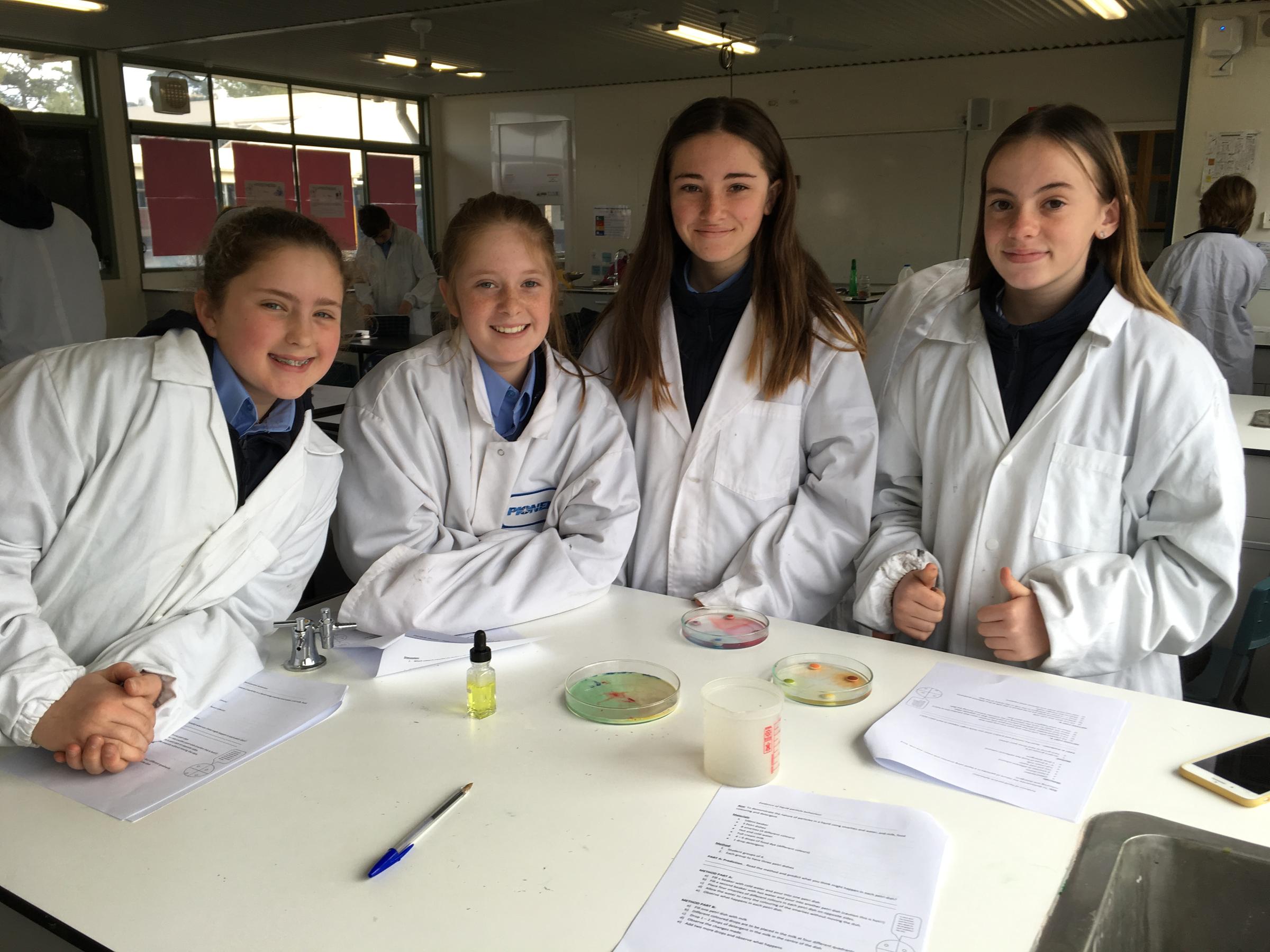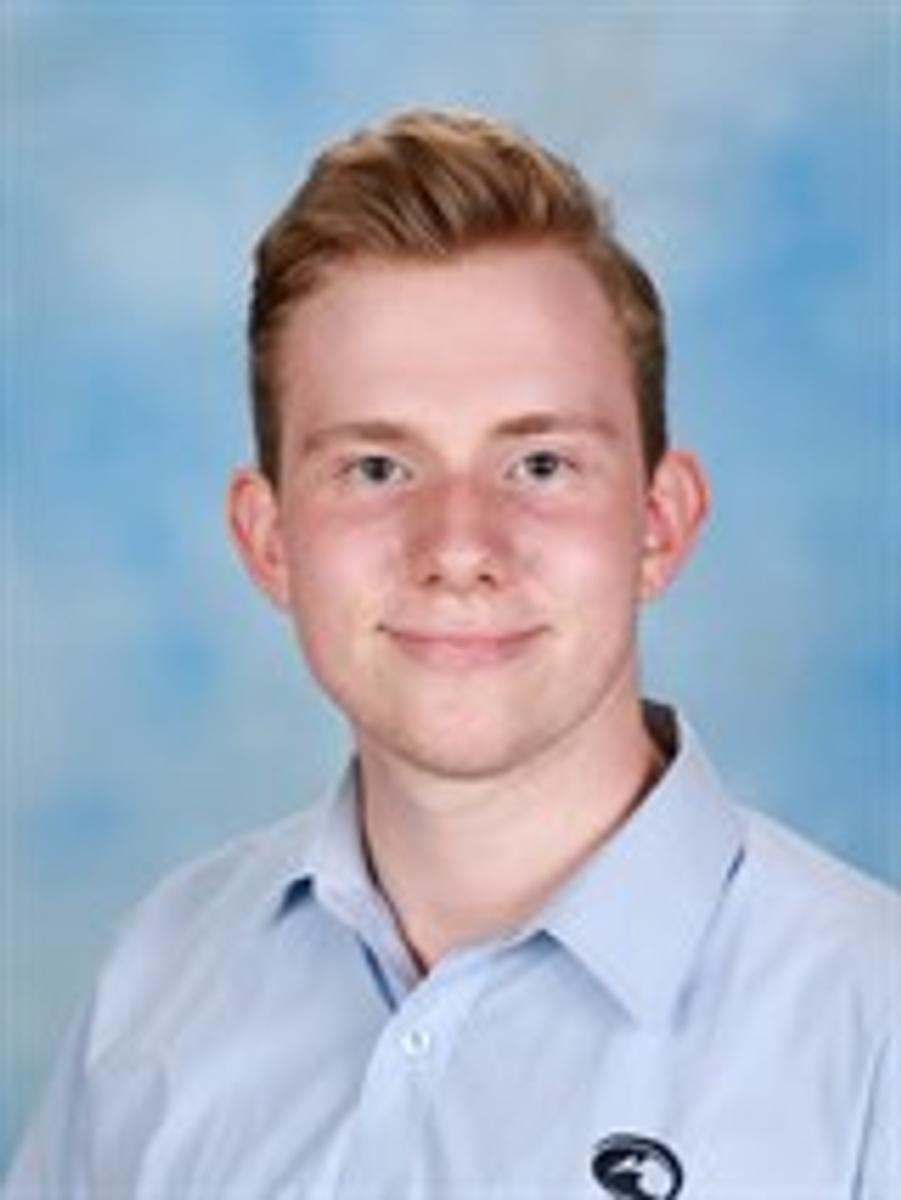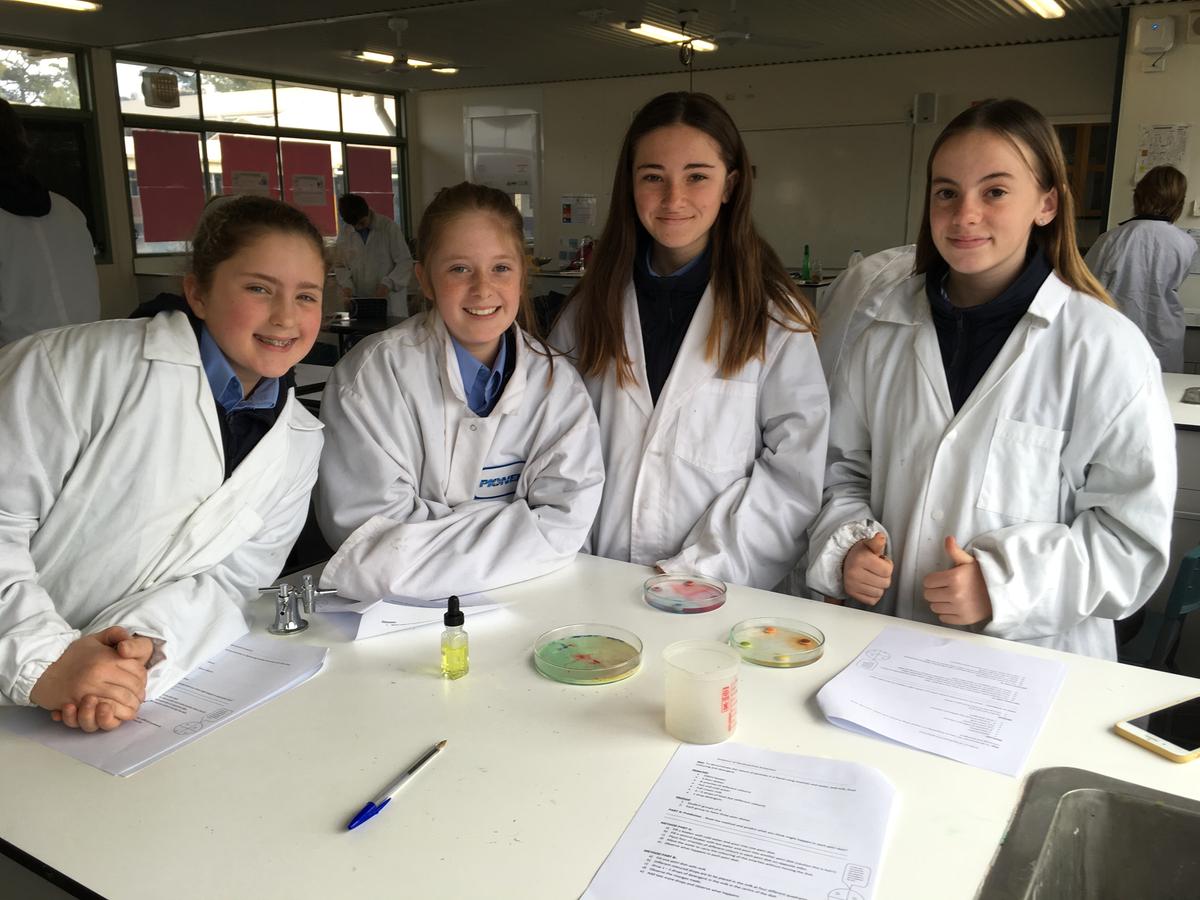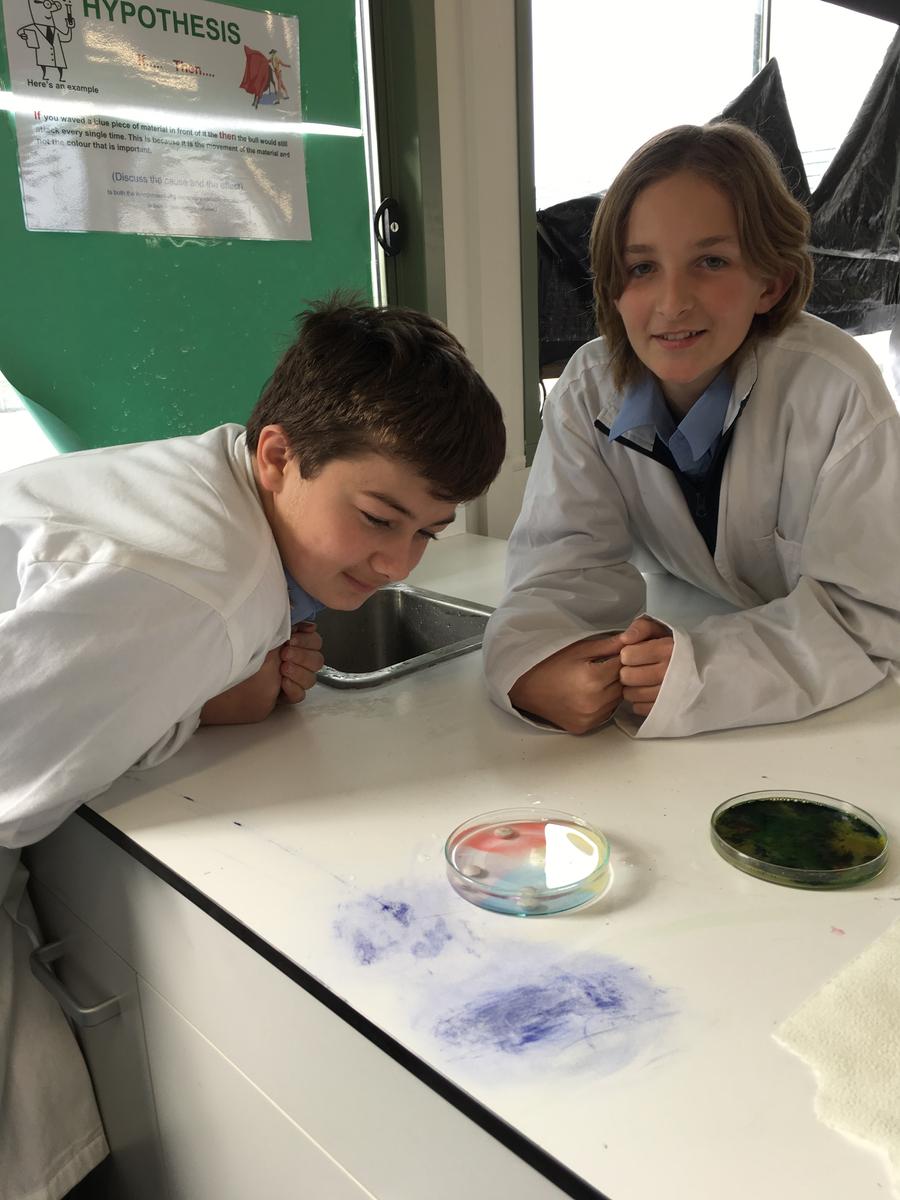Science News

National Youth Science Forum
The NYSF application experience involved firstly, after hearing about the program from a school presentation, I began applying online by filling out questions that detailed our love for science and technology. I personally wrote about how I have had a passion for science from a very young age, how I loved naming dinosaurs as a 5 year old, which later evolved into a love for the stars and space. I described how far technological advancement could take us, from where it began as the simple wheel and lever, to the current marvels of the internet and electricity that connect the world. Once that part was over, I was required to reach out to a rotary club for a possible endorsement. With little time remaining before the deadline I reached out to several rotary clubs and found success with the Somerville/Tyabb Rotary Club, who interviewed me thankfully and were confident in my ability as a possible candidate enough to endorse me for the program.
Several weeks later, I was notified that I had been shortlisted for the interview section of the program. I prepared now, writing down notes and researching about aspects of the scientific world. Famous scientists and their corresponding inventions that I admired; classics such as Stephen Hawking, Isaac Newton and Albert Einstein I combed through. World-changing inventions I skimmed through to find something I truly admired. I also made sure to know what scientific projects I had been involved in, such as in my Year 10 electronics elective in case the interviewers questioned me about any topic surrounding my personal experience. During the actual interview itself, I was interviewed for 20 minutes alone and then collaborated with 3 other shortlisted interviewees to be handed a scientific problem and do our best within a short time to come up with a solution as best as we could.
Several days afterwards I was told I had made it through to the program, and I was excited to have done so. Now all left to do is wait for more information and go to the event in January, at either Australian National University in Canberra, or the University of Queensland in Brisbane. There I will be bungled with other like-minded science nuts where we will enjoy our 2-week stay at the university experiencing what the science world has to offer with lectures, experiments and meetings with national and international universities, world-class corporations and scientists who will offer us the opportunities of a lifetime.
Jack Hornsby
Year 11
Year 7 Science
States of Matter
Students in 7C are being introduced to a variety of practical experiments this term. They are studying the different states of matter and have recently conducted experiments learning about the impact of heat on solids, liquids and gases as well as the process of diffusion. In the experiment pictured, students placed smarties in two separate petri dishes, one with hot water and another with cold water. Students then observed the rate at which the colour from the smarties diffused and the interesting colour patterns that ensued.
Students were also able to experiment with food colouring and detergent to observe how they reacted when added to milk. The students absolutely love getting involved by putting their lab coats on and collecting their materials, eager to see what happens.
Kristin Stewart
Science Teacher



